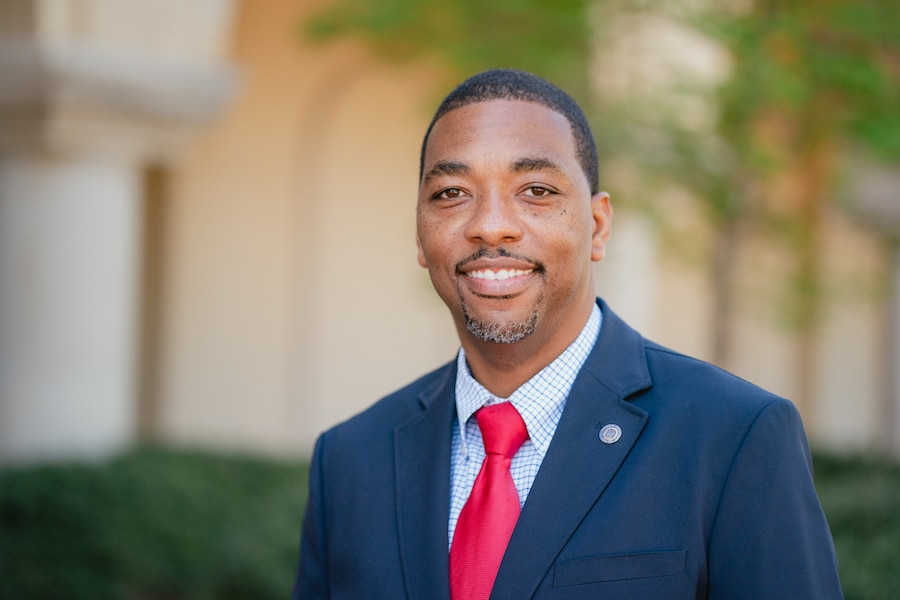NASHVILLE—More than half of state Baptist conventions particpating in Southern Baptists’ Cooperative Program approved increases for their 2013 budgets, reversing a five-year trend.
Montana Southern Baptists increased Cooperative Program giving for the first time in its 11-year history, sending 23 percent to the SBC next year. “We recognize that we are a great mission field in Montana, but we strongly desire to be engaged beyond our churches and communities,” Montana Southern Baptist Convention Executive Director Fred Hewett said. The CP increase was encouraged by a 5 percent increase in giving by Montana churches.
After making dramatic cuts in their budget the past four years, Georgia Baptists had reduced spending to a level comparable to 1998. This year’s $42.3 million budget marks the first increase. Mississippi Baptists passed a $32.3 million budget, the first time since 2009 that no decrease was made.
Michigan Baptists ended a decade-long trend of dipping into restricted funds to make up for income shortfalls, with messengers applauding a return of $158,000 of the $320,000 to that account and passage of a budget increase.
Alaska Baptists made the most extensive cuts, passing a $1.5 million budget that represents a 19 percent reduction from the current year, but managed to increase the CP portion forwarded to the SBC by 3 percent. Nevada Baptists cut their budget by 8 percent while increasing the SBC portion of CP receipts by half a percent.
Greater efficiency and realignment of funding priorities have allowed more states to join the movement to send a greater portion of undesignated CP receipts from local churches on to the Southern Baptist Convention to fund the work of the International Mission Board (IMB) and North American Mission Board (NAMB) as well as six SBC seminaries, the Ethics & Religious Liberty Commission and SBC operations by the Executive Committee.
Some states are dividing any state budget surplus equally with the SBC, including Alabama, Arkansas, California, Illinois, Kentucky, Louisiana and, for the first year, Missouri.
Two state conventions continue to surpass the 50/50 split—the Southern Baptists of Texas Convention will continue to forward 55 percent to the SBC while retaining 45 percent for in-state missions and ministry. The Southern Baptist Conservatives of Virginia will forward 51 percent to the SBC while retaining 49 percent for in-state missions and ministry. Neither convention designates any shared ministry items before distributing CP funds.
About a third of the state convention budgets take “shared ministry” allocations off the top for items that they identify as benefitting both the state convention and SBC before dividing what remains between in-state and SBC use.
The items placed in that category vary from state to state, most often including retirement benefits paid for pastors and church staff members through GuideStone Financial Resources; Cooperative Program promotion; mission efforts previously funded or jointly funded by NAMB; and the expenses of the state Baptist paper. Among other items included in a few conventions are various personnel, property and technology expenses.
New Mexico reported the greatest portion in the shared ministry category, setting aside 23.15 percent before allocating 65 percent of the state’s remaining CP contributions for in-state use and 35 percent of the remainder for SBC missions and ministry. In Georgia, 19.63 percent of budget expenditures are considered shared ministry, with the remainder split 50/50 between the state convention and the SBC.
Kentucky Baptists fast-tracked their move to an equal distribution of CP funds by increasing the shared ministries classification from 4 to 10 percent this year. Five other state conventions will employ this classification in 2013—Missouri, Baptist General Association of Virginia, Southern Baptist Conservatives of Virginia, Colorado and Alaska.
Missouri Baptist Convention Executive Director John Yeats said he is entering into this method with caution to include items flowing to the local church, amounting to 5 percent of the total budget. Church retirement benefits, it was noted, go to local ministers while a move toward free newspaper circulation will allow the Pathway to be distributed to the homes of readers.
The portion of the total budget classified as shared ministry is 5 percent in the Baptist General Association of Virginia, 6.23 percent in Southern Baptist Conservatives of Virginia, 8 percent in Colorado and 12.36 percent in Alaska. In the case of the Baptist General Association of Virginia which has three pre-set giving tracks and one a church can customize to fund SBC causes or those of the Cooperative Baptist Fellowship, the portion allocated for shared ministries with SBC equals 5 percent of total BGAV contributions to NAMB.
Kansas-Nebraska’s reported shared ministry expenses of 18 percent, calculated as a percentage of the state’s entire budget less shared ministry items, reflects 27.69 percent of the CP portion of the two-state convention’s adopted budget.
CP contributions comprise less than 30 percent of New England’s total budget. Of their $709,419 goal in CP receipts, the convention voted to allocate 25 percent of CP gifts to national and international SBC causes after a designation of $252,439 (35.53 percent) in shared ministry items.
South Carolina’s adopted budget includes a 2.05 percent priority item for IMB, with the remaining SBC portion of CP remaining unchanged at 41 percent. South Carolina Baptists’ direct allocation to the International Mission Board will increase, adopted last year at $400,236, will move to $583,768 next year.
Other state conventions reporting shared ministry expenses taken from the top of their budgets before allocating the remainder according to an approved split include Alabama (1.64 percent), Arkansas (0.61 percent), Illinois (10 percent), Michigan (20 percent), Oklahoma (13 percent) and Wyoming (8.4 percent). Alabama Baptists approved a plan to move toward a shared ministries model in 2014 with an amount not to exceed 10 percent of the base budget.
Some states round their percentages to whole numbers, some round to the tenths of a percent and others round to the hundredths of a percent.
State conventions raising the CP portion sent to the SBC include Alaska, Arkansas, California, Colorado, Florida, Kentucky, Maryland/Delaware, Minnesota-Wisconsin, Missouri, Montana, Nevada, New England, New York, North Carolina, Northwest, Pennsylvania/South Jersey, Tennessee, Southern Baptist Conservatives of Virginia and West Virginia.
Only Indiana Baptists chose to lower the out-of-state portion of CP, going from 38.5 to 37.5 percent as a one-year adjustment to the shift by NAMB toward increased funding for church planting efforts.














